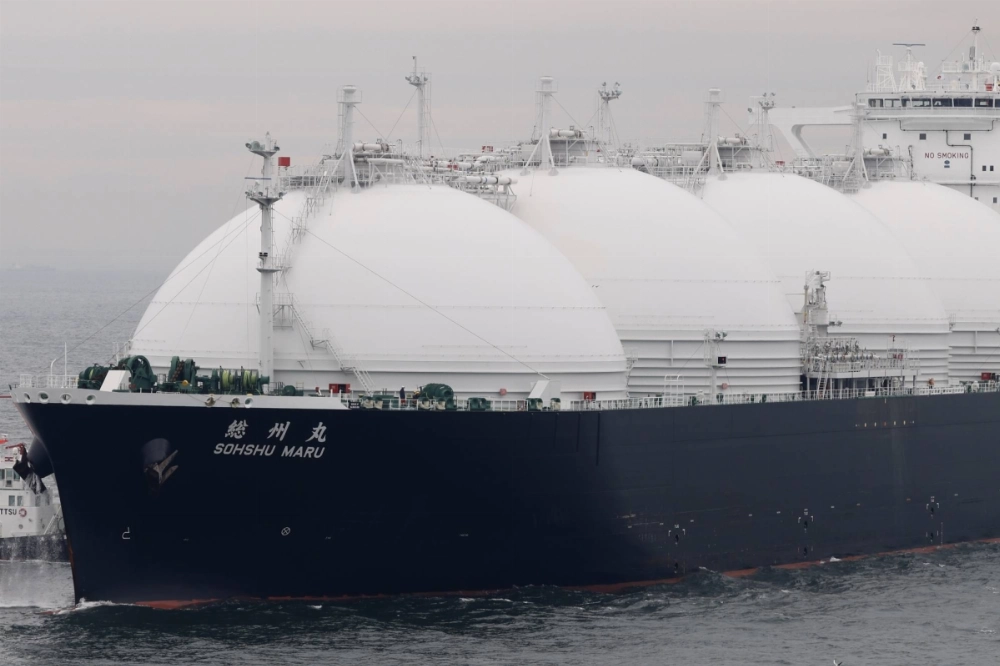The Japanese government has begun full-scale discussions on expanding imports of liquefied natural gas from the United States, believing the move will serve as a powerful bargaining chip in bilateral tariff negotiations.
In the Japan-U.S. negotiations on Tokyo's request to review the tariff policy of the administration of U.S. President Donald Trump, the focus is on what concrete measures Japan will take to reduce its trade surplus, as demanded by Washington.
In 2024, Japan imported ¥542.6 billion ($3.8 billion) of LNG from the U.S. By country, the U.S., with a share of 8.7%, was the fourth-biggest LNG exporter to Japan after Australia, Malaysia and Russia.


















With your current subscription plan you can comment on stories. However, before writing your first comment, please create a display name in the Profile section of your subscriber account page.